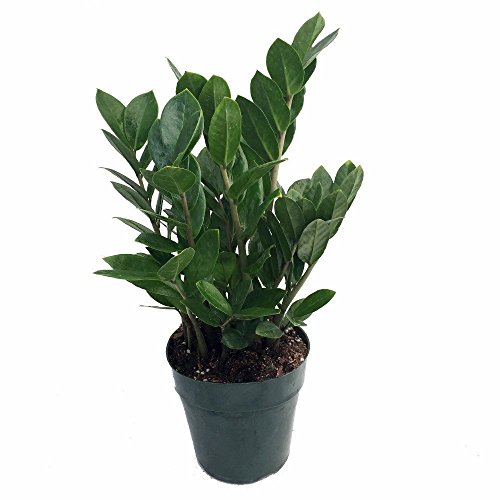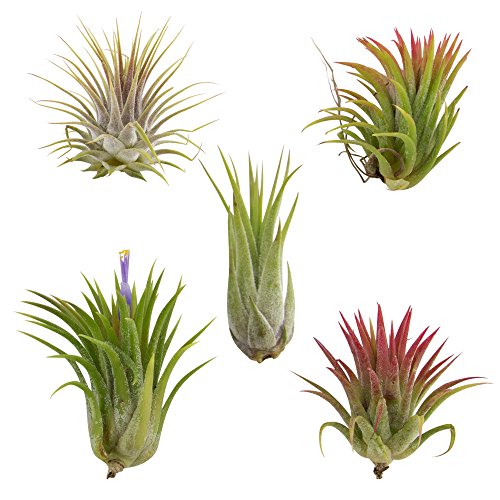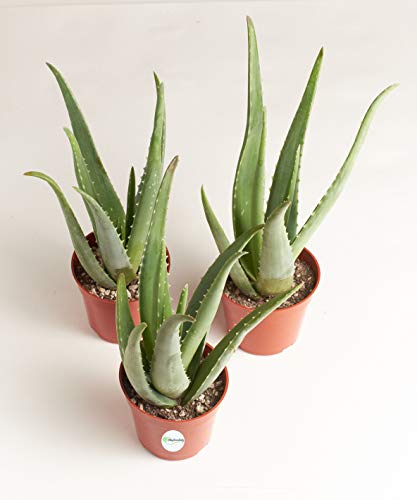Blog
The 5 Best Succulents for Your Apartment

Succulents are one of the trendiest plants out there right now - and for good reason! This class of plants is technically any plant with thick, fleshy water storage organs that can hold a lot of water in their leaves, stems or roots. Because of this feature, succulents are among the easiest plants to grow, and since succulents are found all over the world, they offer an endless variety of colour, size and shape variations that make them pleasing to collect and admire, from prickly cacti to wispy air plants and spiky aloe plants. Each succulent has its own unique personality and can be an easy way to add a natural touch to your indoor spaces, or give your outdoors spaces variety and character.
Best for Full Sun: Microdasys Opuntia
Some spots in many homes are just too sunny for most plants! If you have a room with big south-facing windows or a sunroom with walls of glass, you may have found that many plants wither under too much of a glare. You need a succulent that's used to desert climates - it will soak up that sunshine and be happy about it! Bonus: Even though they're in the sun, these plants don't need too much water, either, since they're from naturally arid habitats. That makes the Microdasys Opuntia, otherwise known as the bunny ears cactus, a good choice. It can grow up to two feet tall in a container and has spots called glochids, rather than the spikes you typically see on cacti, so you don't have to worry about getting pricked. Some microdasys opuntia grow yellow flowers, too!
 Best for Shade: Zamioculcas Zamiifolia
Best for Shade: Zamioculcas Zamiifolia
Whether you're looking for a plant for a room with small windows or a shady corner of your porch, you need a plant that doesn't need bright sunlight to thrive. Despite their reputation as desert-living plants, there are shade-loving succulents, too. One is the Zamioculcas zamiifolia, or ZZ Plant, which has some characteristics of a typical houseplant, including taller stems and broader leaves than you'd expect from a succulent, but with the easy-care characteristics of most succulents. This one comes in a 6" pot and can grow several feet high, though it is slow-growing compared to other plants. Consider it the perfect companion to the corner of your bedroom or living room.
Best for Beginners: Tillandsia Ionantha
Whether you're a college student without much time to tend to a plant or have just moved into your first apartment and don't know a thing about gardening, succulents are a great start. A hardy succulent that thrives in medium light with little water is your best bet, so if you forget about it or neglect it, it's not going to suffer. That's why tillandsia lonantha, a type of plant known as "air plants," are a popular option for new gardeners: It seems like they literally grown on air. These air plants grow in just about any container, from your latest pottery project to a big seashell, in areas with partial sunlight, and can either be misted regularly or occasionally dunked in water to keep them going-both good options for someone who just might to forget to water a needier pet.
Best for a Terrarium: Rosette Collection
Succulents are a great choice if you're looking to put together a variety of plants for a terrarium or mixed container garden on a coffee table or dining table. A succulent requires little upkeep and can keep your space looking green for months on end, and a fraction of the cost of stocking it with fresh bouquets. And if you're looking to put together a lush terrarium, you'll want a variety of smaller-scale plants in different shapes and colors with similar growing conditions. An easy way to do it is to buy a pre-mixed variety pack to fit the container you're using. This succulent mix is available in several different bundles, from a four-pack up to a pack of 265, to suit many sizes of containers. Each plant comes in its own 2" pot that you can plant right into your container.
Best for Winter: Aloe Plant
Dry air, low sunlight and chillier temperatures mark the winter season, both indoors and out. And while it's warmer inside your apartment than it is outside, some succulents don't do well if you set the thermostat below 75 degrees or so. Plus, you need a plant that can survive a trip or two over the holidays with maybe just one check-in from a neighbor, or none at all. An aloe plant is a good indoor option to enjoy even in winter, since it does well in lower temperatures than many succulents, and can grow just as easily in indirect, bright or artificial light. In the winter, it will go dormant, meaning it requires even less water but will still weather though, but come spring it should flourish in your home. And aloe plants do live up to their reputations: If you cut or burn yourself, juice from the leaves can help soothe the wound.
Source:thespruce.com